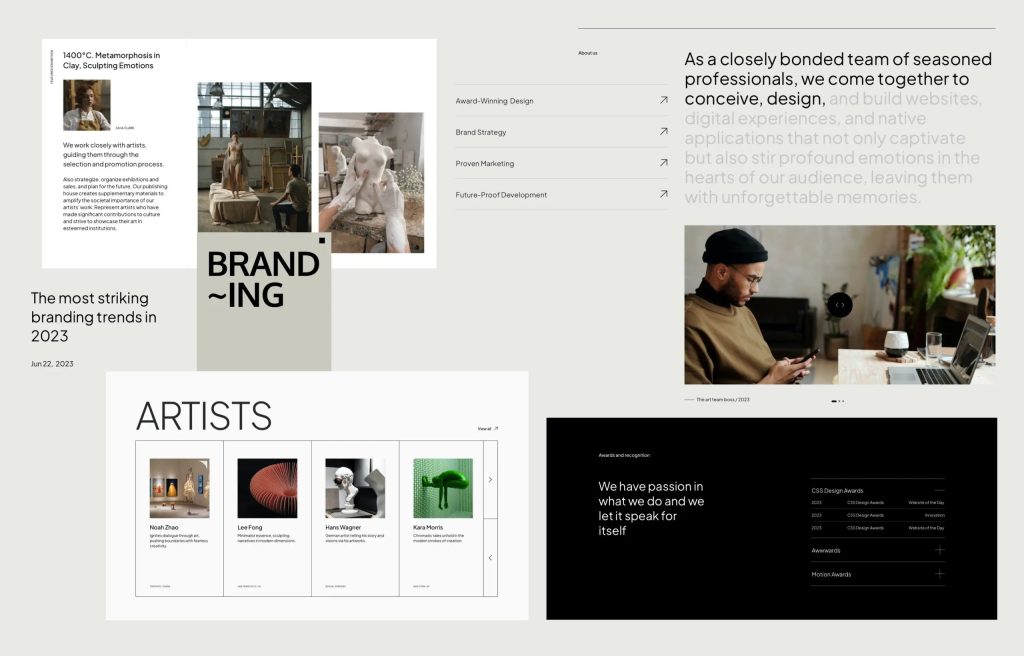The landscape of artificial intelligence (AI) continues to evolve at an astounding pace, with groundbreaking advancements surfacing as 2024 progresses. Major tech firms are launching new AI models, tools, and specialized technologies that promise to enhance functionality and redefine industries. This article highlights the latest developments, focusing on models like Google Gemini 1.5 Pro, innovative tools, and emerging technologies addressing specialized use cases.
In January 2024, Google launched Google Gemini 1.5 Pro—a significant upgrade to its previously released Gemini 1.5. This large language model features robust multimodal capabilities, allowing it not only to process text but also to interpret images, audio, and video inputs. Google claims that Gemini 1.5 Pro boasts an exceptional extended context understanding. This means it can analyze and synthesize information from longer texts and multiple input types, making it a powerful asset for various applications, from research to content creation.
Gemini 1.5 Pro’s extended context functionality enables businesses to extract insights more efficiently, particularly in fields like legal research or market analysis where information can be both extensive and complex. The multilingual capabilities also broaden its usability across global markets, allowing teams in different regions to leverage the same powerful AI tools. The release has been met with enthusiasm across the AI community, as it opens new avenues for dynamic interaction and understanding.
Moreover, Google’s AI models are making headlines not just for their capabilities but also for their architecture. The advancements in understanding context and nuances aim to lift the barriers often experienced with traditional models, positioning Gemini 1.5 Pro as an essential tool for AI-driven decision support in strategy development and operational efficiency (Source: TechCrunch).
In parallel, the release of new APIs and tools is making advanced AI more accessible across industries. Key players like Microsoft, OpenAI, and IBM have announced significant updates to their suites of AI solutions. For instance, Microsoft’s Azure AI has integrated enhanced natural language processing capabilities with Microsoft’s Copilot, allowing employees to draft emails, reports, and presentations using powerful AI suggestions.
These tools facilitate Intelligent Content Creation across various sectors, enabling creative professionals to boost productivity without sacrificing quality. Features like context-aware suggestions and style mimicry are specifically tuned to assist users in achieving their creative goals faster, saving time and reducing stress associated with deadlines (Source: Forbes). By streamlining the content creation process, businesses can respond to market demands with agility, producing high-quality resources that resonate with their audience.
Another notable area of AI development includes tools and platforms focusing on network security. Emerging technologies in AI are being designed to address cybersecurity challenges through real-time threat detection and automated incident response. Companies like Darktrace have recently unveiled their AI cybersecurity solutions that employ self-learning algorithms. These algorithms are engineered to understand normal network behavior so they can promptly recognize and react to anomalies in real-time.
Such advancements can significantly enhance an organization’s network security posture, reducing the incidence of breaches and enabling IT teams to focus on strategic initiatives rather than mundane manual tasks. AI in Network Security not only automates routine monitoring but also aids in developing more reliable and debiased large language models. This leads to a more substantive benefit; as organizations encounter a growing number of sophisticated cyber threats, employing reliable AI can bolster defenses and maintain trust with customers and stakeholders alike (Source: Wired).
The applications of reliable and debiased models extend beyond cybersecurity. They play a crucial role in healthcare, where AI technologies are improving diagnostic accuracy and streamlining patient care. For instance, IBM Watson Health has engineered tools that utilize debiased LLMs to process vast amounts of medical literature and generate treatment recommendations that prioritize patient outcomes effectively.
By focusing on accurate, unbiased information, healthcare providers can leverage these tools to enhance patient support systems and ultimately improve their care offerings. Such innovations are crucial amid rising healthcare demands and the need for efficient workflows that ensure quality care (Source: Harvard Business Review).
In the business automation sector, various startups and established companies are launching products designed to enhance workflows. Tools that automate communications, data processing, and customer engagement are gaining traction. For example, Zapier recently expanded its automation platform to include AI-driven features that streamline repetitive tasks, freeing up teams to engage in more value-added work.
The implications of such technologies are profound; companies can enhance productivity by utilizing AI to aid in mundane yet essential tasks, allowing human resources to focus on strategic innovation and growth opportunities. For small to medium businesses, these automations can bridge gaps created by limited personnel resources, facilitating smoother scaling processes as they strive to compete in increasingly crowded markets (Source: Business Insider).
In the realm of education, AI-powered platforms are transforming learning experiences. Educational technologies like Duolingo and Coursera have begun integrating AI to personalize learning curricula based on each student’s progress and learning style. This individualized learning experience ensures that students can progress at their own pace while receiving tailored recommendations for improvement. Furthermore, AI can monitor engagement levels, helping educators identify students requiring additional support, thereby enhancing overall academic success.
These innovations are pivotal in addressing educational disparities and increasing accessibility to high-quality resources for learners worldwide (Source: EdTech Magazine).
As we move further into 2024, the advancements in AI are reshaping industries and daily practices alike. Large models like Google Gemini 1.5 Pro, advances in business automation, enhancements in network security, and educational tools demonstrate AI’s tremendous potential. Encouraging organizations to adapt these technologies responsibly and creatively can drive efficiency transformations while addressing unique challenges across various sectors. With the integration of multimodal capabilities, reliable large language models, and automated solutions, the future of AI appears promising, pushing boundaries and redefining what is achievable.
In conclusion, leveraging AI advancements can deliver substantial economic and operational advantages to businesses across healthcare, education, cybersecurity, and more. Organizations that embrace and adapt these innovations stand to reap the rewards of improved effectiveness and competitiveness in an ever-evolving market landscape.
**Sources:**
– TechCrunch
– Forbes
– Wired
– Harvard Business Review
– Business Insider
– EdTech Magazine



























